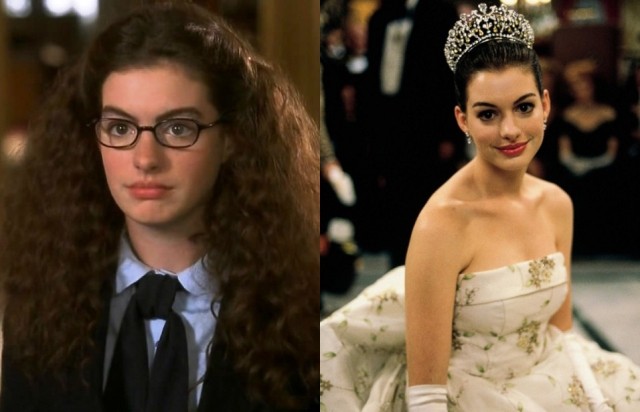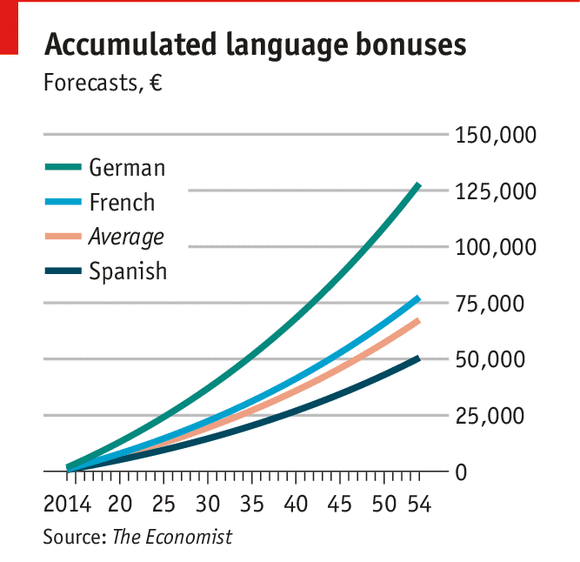The books tell the
story of Mia Thermopolis, a younger student. She lives with her mother and with
her cat Fat Louie. Her best friend is Lilly and Mia loves her brother Michael
(but nobody knows). She always writes in her diary (that’s why the title). Sometimes she tells what happened in her day, what homework she has, what she
has to study (like Algebra) and what she dreams. What Mia didn’t know was the
true about her father’s family: the royalty. Mia, indeed, isn’t a simple
student, she is a princess! She is the princess of Genovia! It really changes
her life. Her grandmother trained her to be a good princess, teaching good
habits, etiquette, way of walking/dressing and she changed her haircut. It was
a secret, but one day everybody already knew and Mia started to be famous in the
entire world, mainly in her city. During the book Mia and Lilly has some problems and Mia makes a new friend: Tina. Mia, in the middle of one of the
books, is girlfriend of a boy she doesn’t love. She only likes him as a friend…
After she discovers that Michael also loves her and she broke with the boy. On the end of the year (and in the other book) she travels to Genovia and she doesn't talk to Michael for some months. At the end she meets him and Lilly, they had a good
day and they’re very happy.
 |
| Mia before (student) Mia after (princess) |
Anyway, I read the first
four books. In total there are ten books. I bought the fifth, but the post
office is having problems with delay. I couldn’t stand my curiosity and I watched
the movies (two). Now I'm confused! In the first, tells the story of the tree
first books: even when Michael and Mia are together. Until this ok! But, in the
second everything changes! Some years have passed... At first Mia is on the plane reading her diary and she
thinks "Now Michael and me are good friends." And finally, we don’t
hear about "Michael" in the rest of the film. HOW? I really don’t
know.
Mia would be crowned queen, but there was one
problem: she had to be married. And she, herself, said: "How will I get
married if I never fell in love"? NEVER? AND MICHAEL? WHERE IS MICHAEL? The production of the
film, literally, deleted Michael. (Maybe) Do they have problems with the actor?
 |
| Nicholas, Mia and Andrew |
Her grandma says that's how the Princepessa’s world works: with arranged
marriage. Mia thinks it's ridiculous, but if she doesn’t marry, her family
wouldn’t be of royalty anymore and it’s a very big tradition. In honor of his
father (he died of cancer) she decides to meet some princes. Lilly surprises
her coming to Genovia. Together, they pick through all potential husbands. Mia chooses
Andrew Jacoby and they decide to get marry
(everything because of the royalty, for him too). But Mia is falling in love
for Lord Nicholas: the second in line to win the crown of Genovia (after Mia).
The biggest problem is Nicholas’s uncle wants Mia isn’t crowned and he becomes
an enemy. Nicholas fights with his uncle and says he doesn’t want to destroy
Mia (he loves her) and not "run down" anyone to achieve his dreams. At
the end, Mia doesn’t marry Andrew. She makes a speech saying that the law
shouldn’t compel the princesses get married to be queens. The parliament agrees
and Mia becomes the queen. After, Mia and Nicholas get together.
 |
| A scene of the first film (Mia and Michael) |
After the disappearance of Michael on
the movie I read some spoilers of the book. In the blogs I've visited nobody mentions
Nicholas. Mia won’t get with Michael in the end of the book anyway. But this is
a big mess! She will get with a third boy, from what I understand. I think the
filmmakers invented Nicholas for people like more the movie, because I think if
Mia gets with a third boy who appears only in the later books (and he isn’t
Nicholas), for me, it will ruin all the books. I don’t know where Meg Cabot was
thinking... But I still need to read all the books to write about my possible
revolt. I just wanted to read this collection because is the genre of fairy
tales, with a happy ending. Can Mia have a happy ending without Michael? I
think no.













